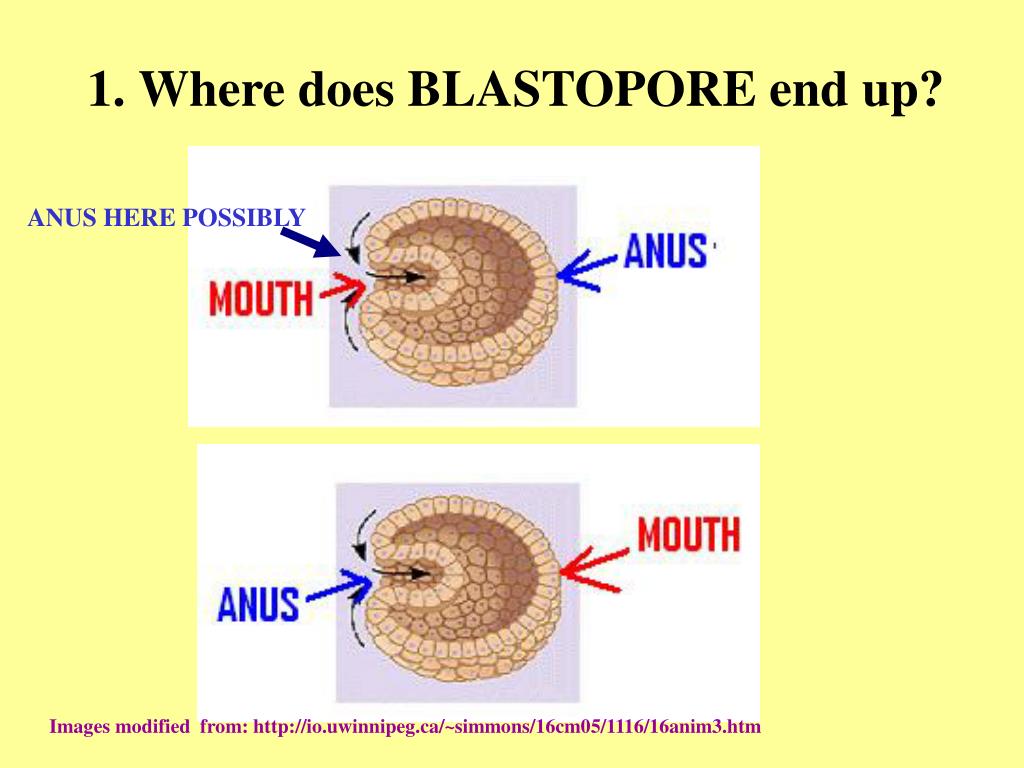

Echinoderms: Echinoderms are also triploblastic.For example, slugs, snails, scallops, squid, nautili, cuttlefish, octopi, and oysters. In Mollusca, mesodermal membranes surround the internal body cavity. Mollusca: These are bilaterally symmetrical and triploblastic.For example, Crustaceans (barnacles, shrimp, lobsters, and crab), Arachnids (mites, spiders, and scorpions), and Insects (butterflies, beetles, bees, flies, ants, and cockroaches). Arthropods: Arthropods also have three germinal cell layers, which means they are also triploblastic.For example, Polychaete, Lugworms, Earthworms, and Leeches. Around their body, there is a thin flexible cuticle. Annelids: These are coelomate worms, bilaterally symmetrical and triploblastic.Platyhelminthes: These are simple animals that are symmetrical bilaterally and have three essential germinal layers of cells.The difference between the diploblastic and triploblastic organisms is discussed here further below.Īll animals, from flatworms to humans, are triploblastic. Triploblastic evolutionary development: Scientists thought that about 600 years ago, triploblastic organisms (triploblastic) were developed from diploblastic organisms. Deuterostomes – anal opening develops through the blastopore.Protostomes – mouth opening develops through the blastopore.Pseudocoelomates (have a “false” coelom)Įucoelomates are further divided based on opening through the blastopore.Triploblastic animals can be further divided into two categories. Humans are the supreme example of triploblastic animals. In higher animals, the mesoderm is a distinguishing feature as it forms lungs, liver, stomach, colon, urinary bladder, and other body organs.įrom flatworms to humans, all animals are triploblastic. (Sabhadiya, 2021) The organs of the body are protected against dehydration and shock due to this fluid. In the coelom, fluid cushions protect the organs against any shock. These organs are protected by a fluid that is present in the surrounding. These organisms are complex due to the presence of a body cavity.ĭifferent organs are present in the body cavity. The mesoderm forms the coelom, which is the body cavity.

Endoderm leads to the formation of the stomach, liver, colon, urinary bladder, and lungs.ĭue to the interface of ectoderm and endoderm, differentiation of mesodermal cells takes place.Mesoderm is responsible for the formation of notochord, bone, muscles, connective tissues, and circulatory systems.



 0 kommentar(er)
0 kommentar(er)
